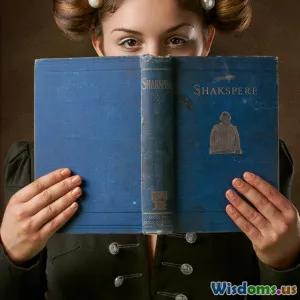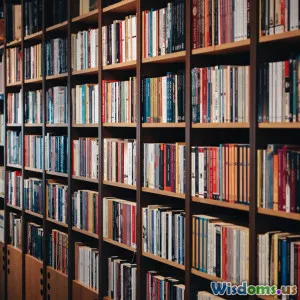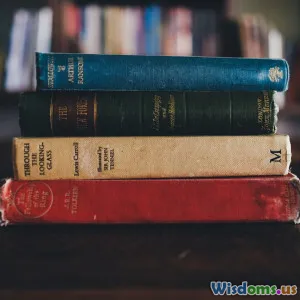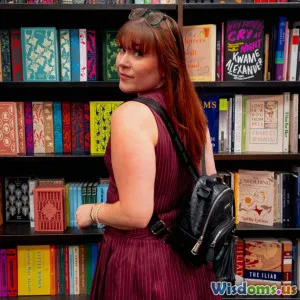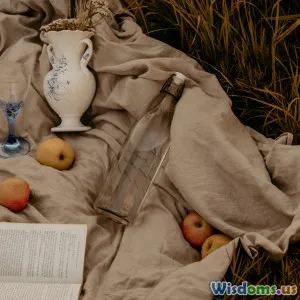
How Shakespeare Shaped Modern Storytelling in Unexpected Ways
15 min read Explore surprising ways Shakespeare’s works continue to shape modern storytelling techniques, from film and TV to video games. (0 Reviews)
How Shakespeare Shaped Modern Storytelling in Unexpected Ways
Few writers in history match the global impact of William Shakespeare—and yet, the true extent of his influence reaches even farther than most of us realize. The Bard’s innovations resonate not only across majestic theater stages, but through blockbuster films, best-selling novels, binge-worthy streaming series, and even the memes of everyday digital culture. Some connections are obvious; others hide in plain sight. Let’s explore how Shakespeare fundamentally altered the art of storytelling, in ways that shape the most compelling tales of our modern age.
The Blueprint for Complex Characters
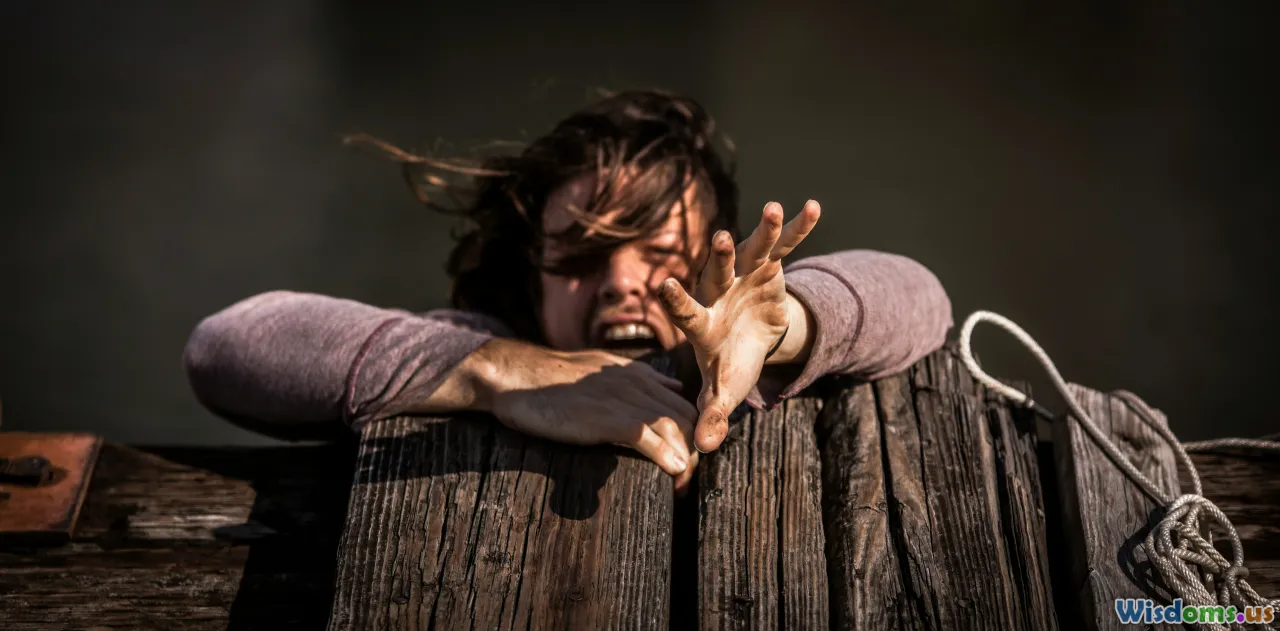
Before Shakespeare, many stories featured flat, archetypal personalities—heroes were heroic, villains purely evil. With plays like Hamlet, Macbeth, and Othello, Shakespeare introduced emotional depth, ambiguity, and authentic moral conflict that made audiences rethink what it meant to truly know a character.
Consider Hamlet’s iconic indecision and existential angst: Should he avenge his father’s death, or is revenge itself a moral poison? Such internal dilemmas set a precedent for modern antiheroes and nuanced protagonists. Tony Soprano (The Sopranos), Walter White (Breaking Bad), and even Marvel’s conflicted superheroes echo Hamlet’s self-questioning journey.
Actionable Advice
Try mapping your favorite contemporary TV or film protagonist’s emotional arc. Odds are, you’ll recognize seeds planted by Shakespeare hundreds of years ago—a testament to his lasting influence on how stories are told.
Dialogue and Wit: The Music of Modern Speech

Shakespeare’s playful and elegant command of the English language forever changed how characters speak on stage and screen. He popularized wordplay, puns, and rhythmic exchanges, bringing ordinary conversation to a new expressive peak.
A prime example: Shakespeare penned more than 1,700 words never seen in print before, such as bedazzled, swagger, lonely, and zimzalabim (okay, we made that last one up). Many everyday expressions—"break the ice," "heart of gold," "wild goose chase"—trace directly to his dramatic scripts.
Modern screenwriters routinely channel this spirit. Witty banter and memorable one-liners, from Aaron Sorkin’s rapid-fire monologues (The West Wing, The Social Network) to Phoebe Waller-Bridge’s sassy quips (Fleabag), draw on the sparkling repartee first forged in Elizabethan England.
Actionable Technique
When writing dialogue, experiment with metaphor, double meaning, and character-defining quirks. Audiences remember sharp lines—and Shakespeare’s tradition shows why.
The Power of Subplots and Intertwined Lives

Before Shakespeare, European plays often focused on a single central storyline. He innovated by weaving multiple plotlines—romantic intrigue, political machination, comic misunderstandings—into a single play, letting seemingly minor characters propel or derail events in both poignant and comedic ways.
Take King Lear: While Lear’s descent into madness unfolds, a parallel plot sees the loyal Gloucester betrayed and blinded by an ambitious son. Their reversed fortunes and mirrored suffering create new thematic resonance.
This tradition thrives in popular fiction today. George R. R. Martin’s Game of Thrones saga, with its labyrinth of intersecting stories, reads almost like Shakespearean epic. Likewise, modern ensemble films—think Love Actually or Crash—find new ways to echo the Bard’s love for interconnected human tales.
Quick Comparison Table
| Shakespeare Example | Modern Stories | Technique |
|---|---|---|
| A Midsummer Night's Dream | Love Actually, Friends | Multiple romantic arcs |
| King Lear, Hamlet | Succession, Breaking Bad | Family and ambition plots |
| Twelfth Night | She’s the Man, Cloud Atlas | Gender and identity play |
Exploration of Social Issues and the Human Condition

Shakespeare rarely shied away from contemporary controversy. Through tragic and comic tales alike, he wrestled with questions of power, gender roles, race, justice, and humanity’s darker drives.
Take Othello: By placing a Moorish general in the Venetian military elite, Shakespeare prodded Elizabethan audiences to confront race, jealousy, and outsider status. In Measure for Measure, the very notion of strict moral law clashing with personal mercy comes under scrutiny.
Modern equivalents? Consider films like Get Out by Jordan Peele, which blend thriller conventions with sharp racial and social commentary, or series like The Handmaid’s Tale, where power dynamics and personal autonomy are relentlessly examined. These stories, though separated by centuries, share the Bard’s method of societal critique through personal narrative.
Writing and Reading Tip
For writers hoping to give their fiction more depth, explore a contemporary social question through the lens of character experience—just as Shakespeare did.
High-Stakes Drama Born from Everyday Situations
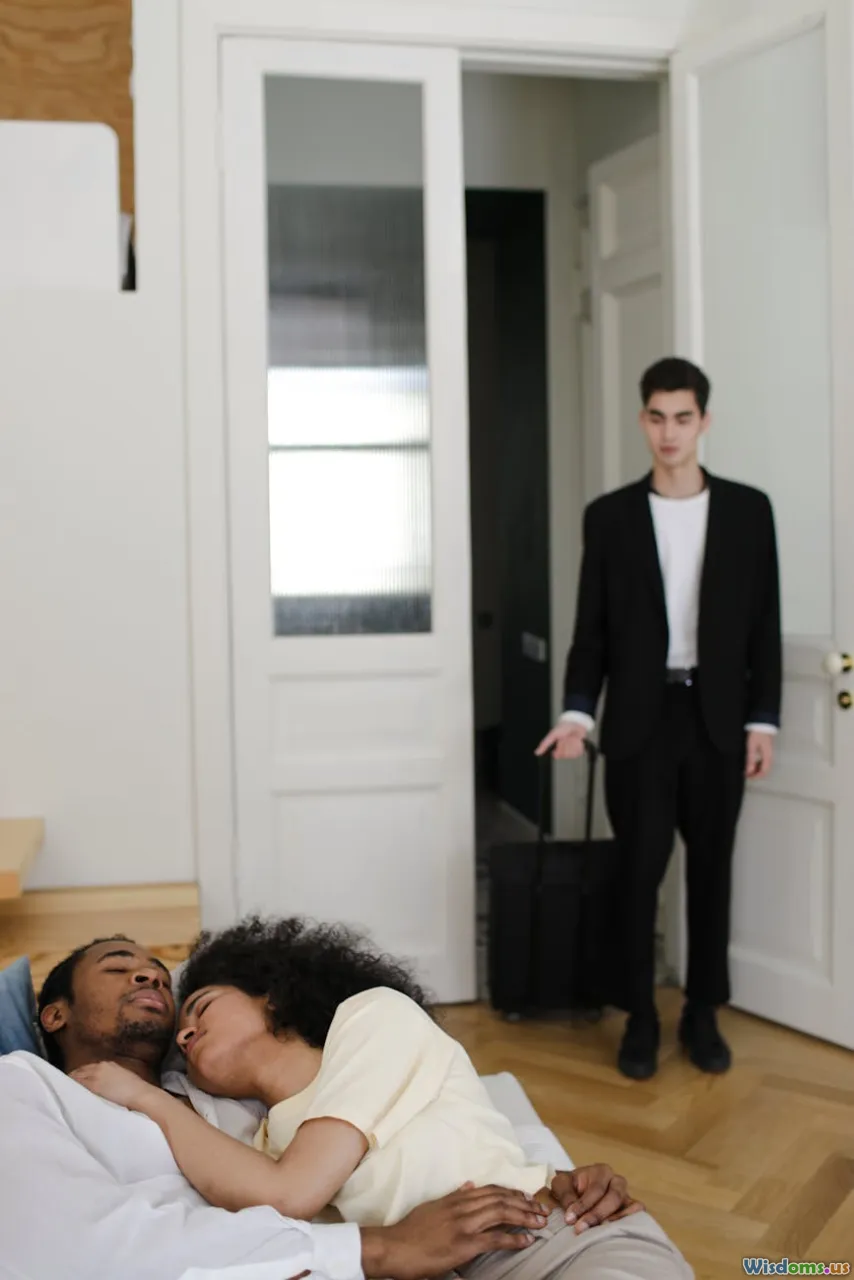
Grand themes aren’t always necessary for drama: Shakespeare could wring heartbreak or hilarity from misunderstandings, overheard conversations, or simple mistaken identities. These "everyday errors"—such as in Much Ado About Nothing, with its eavesdropping tricks—have become staples of romantic comedies and sitcoms everywhere.
Compare Twelfth Night, where disguise and miscommunication lead to chaos and eventual union, to movies like Tootsie or Mrs. Doubtfire, which rely on the same classic confusion tropes.
In the digital age, these devices thrive as misunderstandings snowball in meme culture and social media narratives. Who among us hasn’t witnessed (or starred in) a viral tale of mistaken texts or accidental revelations?
Storyteller’s Suggestion
Next time you craft or consume a story, ask: What "tiny spark" launches the bigger chain of events? That humble misstep may owe its pedigree to Shakespearean strategy.
The Flexibility of Genre-Bending

Shakespeare was an early master of genre fusion. His "problem plays," such as The Merchant of Venice or Measure for Measure, elude easy classification—comedy, tragedy, or something in between? Today, such blending is a storytelling hallmark, often delivering the most original work.
Contemporary blockbusters like Parasite (mixing social satire, thriller, and black comedy) or shows like Atlanta (restlessly shifting from humor to pathos to surrealism) embrace the same borderless approach. By ignoring rigid boundaries, Shakespeare taught creators to delight, surprise, and unsettle audiences in equal measure.
Analysis
Audiences crave novelty, tension, and surprise—all properties enhanced by merging or subverting genres, a technique as effective now as it was in Shakespeare’s London.
Subtext and Psychological Layering

One of Shakespeare’s revolutionary gifts was his ability to signal unspoken motives through subtext—the layers beneath a character’s words or actions. In Macbeth, guilt manifests as hallucinations and cryptic language. Much Ado About Nothing hums with secrets bubbling below flirtation and hostility.
In modern cinema, directors like Alfred Hitchcock and Christopher Nolan build suspense by leaving conversations loaded with meaning beyond the literal: Think of the dreaming-within-a-dream confusion of Inception, or the slow-burning interrogations of Gone Girl. Characters’ thoughts and intentions swim just out of sight, an inheritance rooted in Shakespearean drama.
Insight for Writers
Convey inner contradiction via pauses, tone, or what’s left unsaid—sometimes silence (or soliloquy) is more powerful than elaborate speeches.
Structure: Acts, Beats, and the Shape of Popular Media

While Shakespeare famously used five-act structures, he did more than just split stories into neat sections. He honed the rhythm of escalation, climax, and denouement—patterns now deeply ingrained in how Western stories unfold.
Hit movies and TV shows often employ the "Shakespearean arc."
- Opening: Quickly establish stakes (Romeo and Juliet’s street brawl).
- Rising action: Complications multiply (Lovers separated, friends plotting).
- Climax: Tensions explode (Deaths, revelations, betrayals).
- Resolution: Order is restored, for good or ill.
This blueprint is visible in everything from Star Wars to Stranger Things, because Shakespeare understood (long before film editors) how pacing and rhythm keep audiences hooked.
Actionable Advice for Planners
When sketching your own story, plot it out as a five-act arc. See how rising action and reversals can sharpen your plot’s emotional rewards.
Theme: Universal Relevance and Timelessness

What unites fandoms of Shakespeare with followers of the latest Netflix hit? Universal themes—love, betrayal, identity, power, redemption, and fate—remain endlessly compelling. The particulars of costume and technology may shift, but core human dilemmas endure.
For example, West Side Story reimagines Romeo and Juliet amidst New York’s street gangs, just as Hulu’s 10 Things I Hate About You adapts The Taming of the Shrew’s romantic battle of wills to an American high school. The texture of society and language changes, but the heart—caught between desire and duty, hope and tragedy—stays bound to the Bard.
Reader’s Challenge
Think of a story that deeply moved you recently. Which ancient-seeming emotion or challenge lies at its core? That's the Shakespearean connection: centuries-old yet current as today’s headlines.
Shakespearean Remix: Adaptation and Reinvention

The number of Shakespeare adaptations is staggering: thousands of stage productions, films, YA novels, web series, comic books, and even anime. Such reach signals the resilience and reinvention made possible by his foundational stories.
A few striking examples:
- The Lion King (Disney): Loosely inspired by Hamlet—with lions.
- O (2001): Othello recast in a contemporary American high school.
- She’s the Man (2006): Modern gender politics meets Twelfth Night shenanigans.
- Manga and anime, from Samurai Champloo (samurai Shakespeare) to manga editions of Macbeth.
Each version finds something new to say, while reminding us of the unbroken chain linking today’s stories to yesterday’s innovations.
Professional Tip
If you want to experiment as a creator, select an old play and recast its bones into new clothes, places, or genres. Readers thrive on the surprise of recognition.
Final Thoughts: The Bard’s Spirit Is Everywhere
The fingerprints of Shakespeare run through the DNA of modern storytelling, visible not just in period dramas but also rom-coms, thrillers, memes, and viral TikTok retellings. His legacy isn’t just about direct adaptation—it's about mood, form, wit, and the celebration of humanity in all its flawed complexity. Next time you binge a series or hunt for the soul of a film, look closer. That twist, quip, or heartbreak might have first bloomed under the lights of the Globe Theatre.
Rate the Post
User Reviews
Popular Posts










